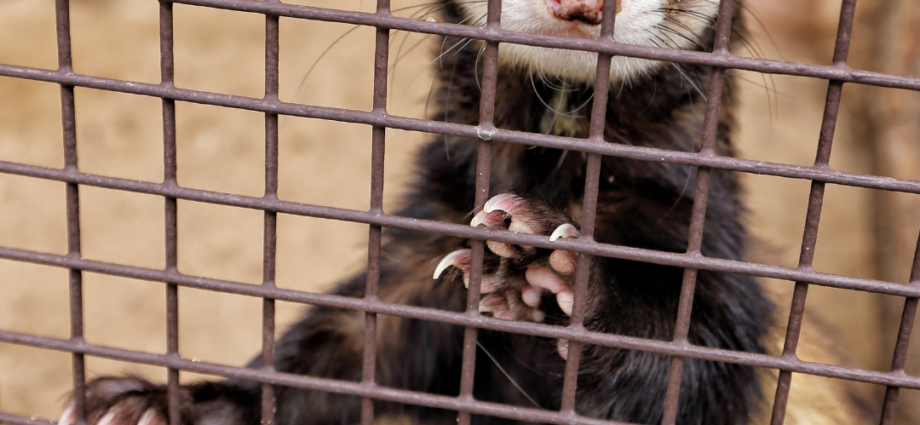As an affiliate, I may earn from qualifying purchases.
In 300 BC, Romans employed ferrets for rat control and rabbit hunting, even spreading their use across Europe. To care for ferrets: ensure they have fresh food and water, consider spaying/neutering, and provide specialized diets. When choosing a ferret, check for a healthy coat and clear eyes. They can be housed in wire cages with specific areas for sleeping, eating, and litter. Bathing and ear cleaning are part of their care routine, and ferrets are susceptible to fleas. Their diet should primarily consist of animal protein, ideally from specialized ferret food or high-quality cat food.
Ferrets are categorized into hobs (males) and jills (females), with both requiring equal attention and care. The choice should depend on personal preference rather than behavior differences. Ferrets come in various colors, and raising a kit (baby ferret) can be a rewarding experience, albeit requiring more training. Well-handled adult ferrets also make great pets, but inexperienced individuals may prefer kits. Remember to choose a clean and odor-free environment when getting a ferret, and provide them with a suitable cage. Ferrets breed twice a year, and their gestation period is 42 days.
In summary, ferrets have a rich history, and proper care involves diet, grooming, and attention to their unique needs.




